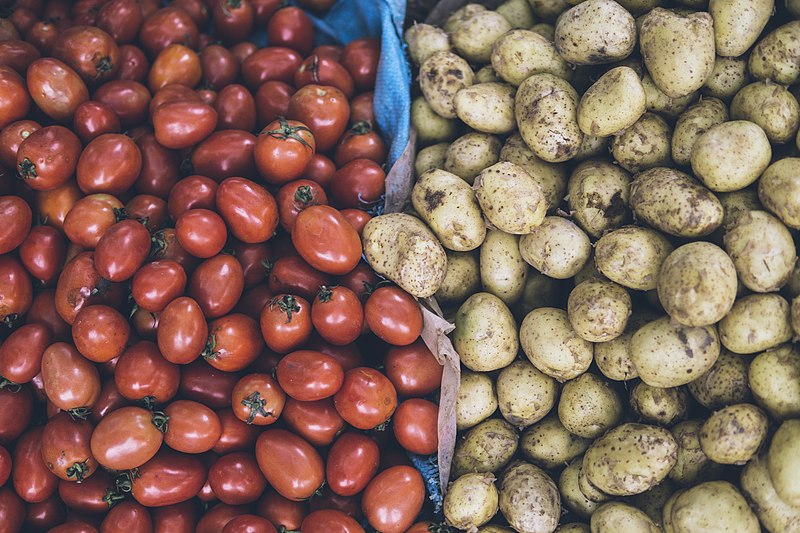The Chilean soapbark tree (Quillaja saponaria), with its potent bark, is a key player in the global vaccine industry, contributing to shots for various diseases like shingles, malaria, and COVID-19.
However, the sole reliance on this tree raises sustainability concerns
Ongoing efforts seek alternative natural sources for adjuvants, aiming to lessen dependency. A recent breakthrough marks a significant stride in diminishing dependence on the soapbark tree.
The crucial vaccine ingredient, sourced from the tree, has been successfully replicated in an alternative plant for the first time. This development presents unprecedented opportunities for the vaccine industry, potentially diversifying sources and ensuring sustainability.
UK researchers from the John Innes Centre have achieved a breakthrough by cultivating QS-21, a prominent saponin molecule, in tobacco plants. Utilizing transient expression techniques, they showcased the “free-from-tree” production of this prized compound.
Cultivating Elusive QS-21 in Tobacco Defies Prior Challenges
By analyzing the soapbark tree’s genomic sequence, they identified genes potentially responsible for the required saponin-producing enzymes.
This accomplishment is noteworthy, overcoming challenges posed by the molecule’s complex structure and our limited understanding of its biological pathway.
Innovative Breakthrough: Soap Bark Molecule Replication Transforms Vaccine Research
By: | February 5th, 2024

Image by Wikimedia Commons
More articles from Industry Tap...






